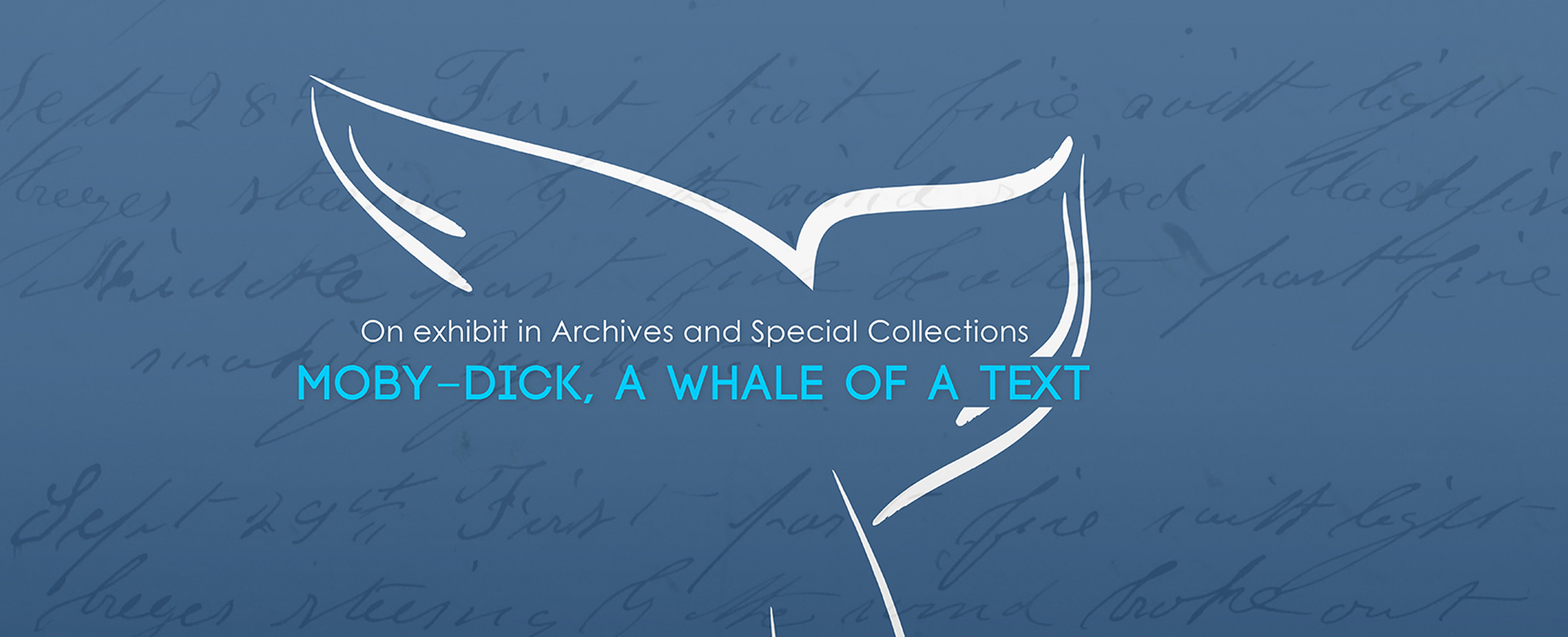
Archives & Special Collections Gallery Exhibit
Preview

Creation Date
Fall 2014
Description
Artifact Label:
Tattooing
Observing the complexity of Queequeg’s tattoos, Ishmael explains: “The counterpane was of patchwork, full of odd little parti-colored squares and triangles; and this arm of his tattooed all over with an interminable Cretan labyrinth of a figure, no two parts of which were of one precise shade—owing I suppose to his keeping his arm at sea unmethodically in sun and shade, his shirt sleeves irregularly rolled up at various times—this same arm of his, I say, looked for all the world like a strip of that same patchwork quilt.”
Moby-Dick, Chapter 4, “The Counterpane”
The character Queequeg, though from the fictitious pacific island of Kokovoko, is described as having tattoos similar to moko, the tattooing practices of New Zealand’s Māori people. Moko patterns are unique and so closely linked with an individual’s identity that they may play a role in a person’s ability to be recognized. Within these unique patterns are signs that signify things such as familial lineage, the person’s name and birth order. It was not personal experience that inspired Melville’s incorporation of moko-like tattooing; it was his reading of the book The New Zealanders (1830).



